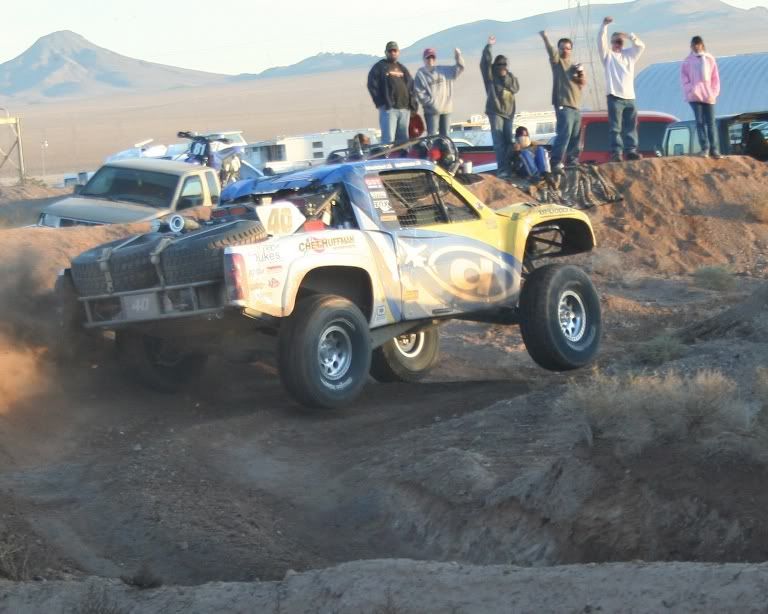Tis a shame they quit offering real 10 ply tires. I ran 14X17.5x38 10 ply military forklift lugs for many years. They were regrooveable and had incredibly thick sidewalls. They were very heavy tires that tended to "chunk", were noisy on hiways and not easy to find. Went thru many wheel bearings.
 Also rubber was not as advanced in the 70s and tires wore more
quickly. Eventually Firestone started making that size in nondirectional w/10 ply ratings. They were a good tire but were noisy and expensive but
better for hiway use, especially wet surfaces.
Also rubber was not as advanced in the 70s and tires wore more
quickly. Eventually Firestone started making that size in nondirectional w/10 ply ratings. They were a good tire but were noisy and expensive but
better for hiway use, especially wet surfaces. 










